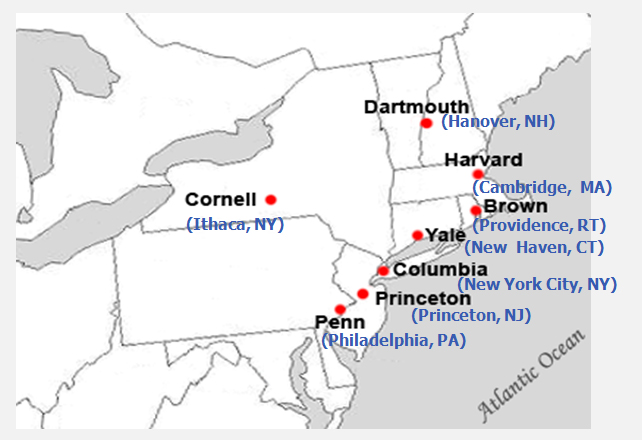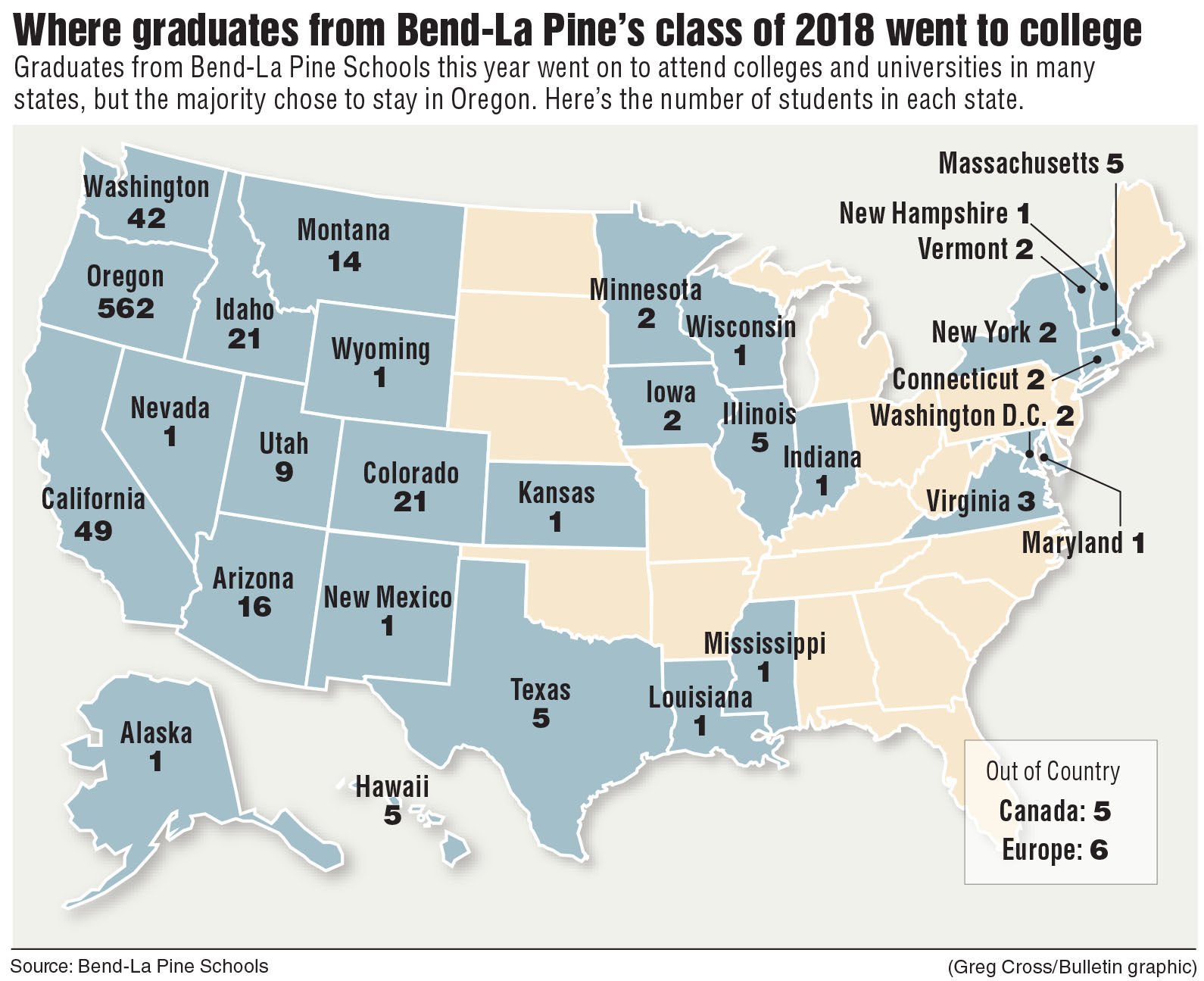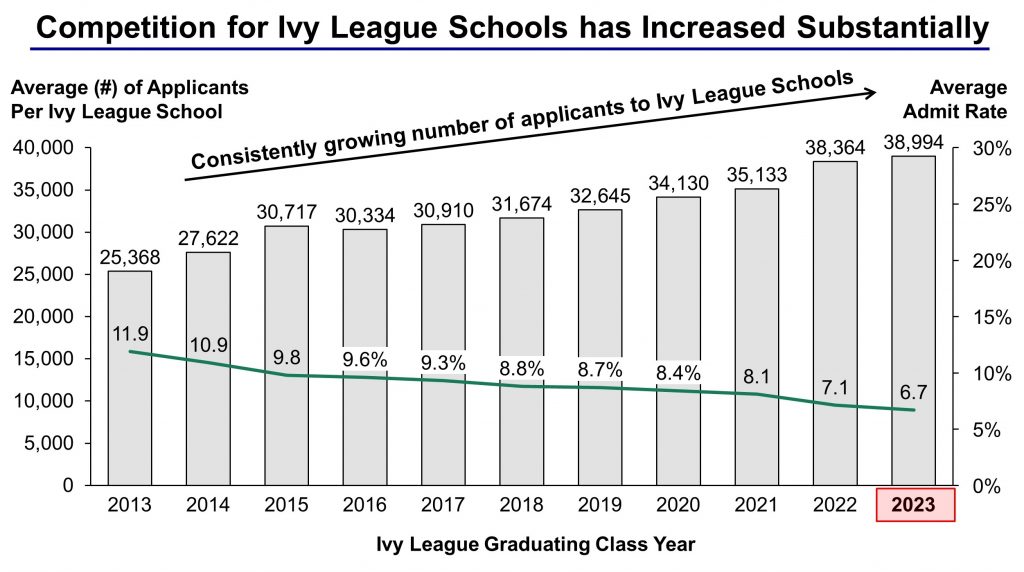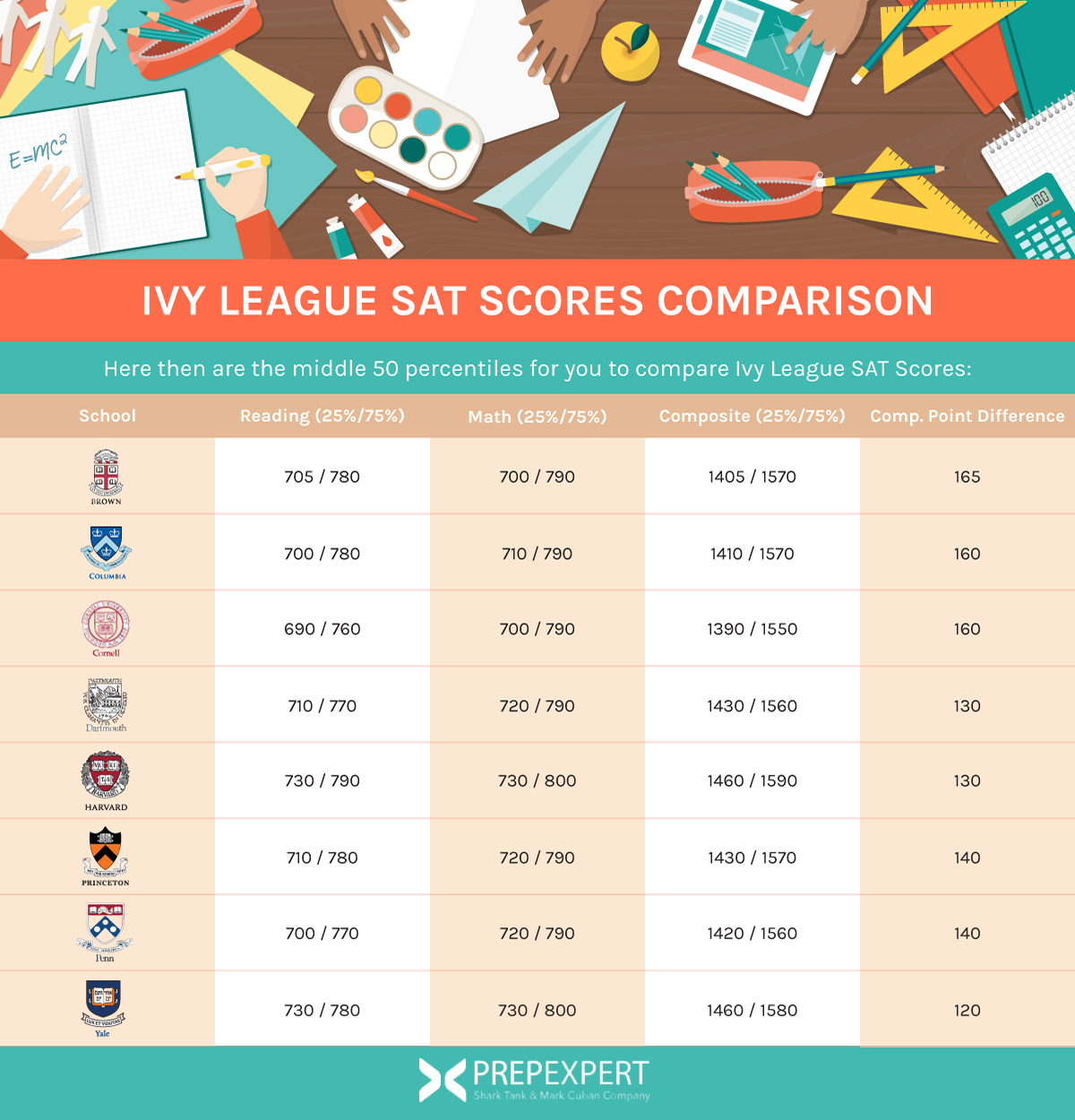F1 has 20 seats, some people die before they even get a chance at formula 1, because even formula 2 is just as dangerous, the level of skill required here is 1 in hundreds of millions. So yes these drivers deserve every penny and maybe more, because none of these drivers should risking their lives for your amusement without being properly compensated. $1M is way to low, I agree with focusing more on race placements maybe to control salaries, but a base salary I think is a must. Athletes are not slaves that has to give up they lives and time and devote everything for our enjoyment. The moment salaries are reduced in sports, racing and all these things revert to slavery.
Because I can guarantee you would not devote all what you need to become good at any sport and expect minimum wage. That would be like me saying journalism is just a bunch of words put together in a few minutes or photographers are pointless because all you do is press a button. Stop reducing persons skill to just what you see on paper, when there is so much that goes on behind the scenes.
These people are human beings, not your puppets that you have at your beckon call. With few Formula 1 driver salaries publicly available, Forbes relied on financial documents, legal filings and press leaks as well as conversations with industry insiders and consultants to compile this list. Drivers typically receive a base salary plus bonuses for points scored or for race or championship wins, with the amount depending on the size of the team and the experience of the driver. A successful driver in F1 can earn a lot of money, and reports showed in 2021, F1 earned more than $2 billion in revenue.
F1 drivers receive additional bonuses through sponsorship opportunities and contractual agreements and endorsements rather than race prize money from F1. Formula One group placed a cost cap on each team in 2021 of $145 Million throughout the season. This cost cap only applies to performance-based costs like building, optimizing engines, and car structuring, including salaries paid to engineers and other staff.
The cost cap also applies to branding, bonuses, hotels, and travel expenses. Formula One driver salaries are not affected by the cost cap, and teams can pay their drivers as much as they like. Beginning in this season, F1 teams are subject to a cost cap of $175 million per team. This cap limits expenditures on car performance but doesn't apply to marketing costs or driver salaries. Leading the field is Lewis Hamilton (Mercedes-AMG), with a reported annual salary of $30 million. At the end of the 2020 season, Hamilton was reportedly earning around $40m per year, but his new deal (a one-year contract with the option to extend into 2022) saw him take a reduced salary.
Despite him being a seven-time champion and rewriting the sport's record books, it wasn't enough to warrant a hefty paycheck. And with Williams driver George Russell waiting in the wings to take over, Hamilton had little choice but to agree to the new deal. Although occasionally pay drivers are labelled as "unworthy" for an F1 seat, many of the pay drivers in F1 today come with occasional success in their individual races in lower formulas. Maldonado would cement his place in Formula One history with a win at the 2012 Spanish Grand Prix as the first Venezuelan to win in F1 with what became the only pole, podium, and win of his career. It was also the first win for Williams since 2004 and their last as of 2021.
Lewis Hamilton ($60 million) annual salary remain the highest paid driver in F season. Some drivers did not signed extension contract and after 2020 they are looking for better deals. Max Verstappen driving the last season for the Red Bull racing team. Lewis Hamilton, who replaced Michael Schumacher at Mercedes in 2012, has become an icon on the same level as his predecessor. The 36-year-old signed a two-year contract extension with Mercedes this summer, following up on a three-year, $140 million deal in 2015 and a two-year, $100 million extension in 2018. He is also the founder of X44, a team in the new off-road electric-SUV racing series Extreme E.
Leading the pack is Mercedes superstar Lewis Hamilton, who is on pace to earn $62 million on the track in 2021. That figure includes a $55 million base salary—more than double what his closest competitor is guaranteed—as well as a projected $7 million in bonuses for race wins. Because of this the rules on driver changes were subsequently tightened. However, without drivers, the cars could not race so they are just as important to the sport and can also be considered equipment.
The racing teams that prepare the cars, service them in the pits in race, and manage the operation of each pair of drivers they have are also an essential part of the premier motorsport. Finally, the tracks that the races are run on are all different and unique which helps create excitement and popularity as well as a diversity of tracks across the globe. All of these elements are needed to run a Formula 1 race each week of the season. The Formula 1 Racing circuit was created in 1950 and has grown exponentially since that first race was held in Silverstone, England. It went from holding a few races that were included in the championship series around England into a global circuit that includes races across multiple continents.
There are a few distinct characteristics about the circuit that make it unique across the racing landscape. 21 races across the globe encompass Formula 1 each season; 11 of these races take place across multiple countries including the US while 10 reside in Europe. Hamilton, who has four wins through ten races, still has time to overtake Verstappen, with the gap in the standings a mere eight points and 12 races remaining on the schedule . NFL has hardly any interest outside of the US, despite numerous attempts to spread it to Europe.
Formula 1 Drivers Salary 2019 Whereas F1, football, tennis, etc, are played and watched around the globe. The stars of those sports are known world wide and earn accordingly. There are only 20 F1 drivers, there are hundreds of NFL players and I couldn't name one. There's no games for retired players, there are no games for anyone who doesn't play at college and then become a professional.
Formula One drivers do not receive prize money; their teams pay their salaries. Generally, the drivers or the teams do not disclose their total earnings. The highest-paid F1 driver is Lewis Hamilton, who earned $65 million from his contract with Mercedes.
Pay drivers are also common in stock car racing and are very prevalent in development series such as the Xfinity Series and ARCA Racing Series. There are also several pay drivers competing at the Cup level including Matt Tifft and Paul Menard, the son of home improvement tycoon John. Menard had some success with a victory at the Brickyard 400 in 2011 and a Chase for the Sprint Cup appearance in 2015, while medical issues halted Tifft's racing career in 2019. Some sanctioning bodies will offer champions of lower tier series a well-funded ride for the next tier.
The Road to Indy programme from INDYCAR awards a ride fully funded by The Goodyear Tire and Rubber Company for a series champion in the next tier. A $150,000 and tires package is available to a shootout winner among an invited group young American and foreign drivers. F2000 National Championship will win $300,000 to be used for a "pay ride" in the Pro Mazda Championship, and two sets of tires per race.
Pro Mazda winners will be paid for a ride in Indy Lights, and the Indy Lights champion earns funding to compete in at least three IndyCar Series races, including the Indianapolis 500. This may be done to gain on-track experience or to live the lifestyle of a driver in a particular series when one's talent or credentials do not merit a paying ride. Alternatively, said person is also called a ride buyer or a rich kid in the United States, a gentleman driver in sports car and GT racing and a privateer in Australia.
Sebastian Vettel is the highest paid Formula 1 driver in this years F1 season with a record 3 year deal with Ferrari worth $150 million he is also one of the highest paid athlete/sportsman in the world. The F1 cost cap is going to assist in reducing the gap between teams' spending, but it probably won't have much of an effect – if any – on the salaries of team principals and drivers. The role of the F1 team principal will continue to increase in complexity as time goes on, so salaries for F1 team principals may also increase. The former driver's world championship runners-up and 13 times winner has accumulated wealth driving for various teams throughout his career. After retiring in 2008, he became a pundit just like Rosberg. Alongside that, he has written books of Formula 1 which helps with royalties.
The Britisher is also the founder of two companies Whisper and Velocity experience which provide F1-related contents. The professional drivers in Formula sign new deals and shuffle from one team to another with 1st driver opportunity. According to public report in 2019, formula 1 drivers salaries 25% increase in past five years. Lewis Hamilton currently highest earning Formula 1 driver on annual base salary. In 2018, Hamilton signed two years contract deal with Mercedes Meclarn F1 for ($51 million a year) $100 million total value of contract.
After two years away from the F1 track, Fernando Alonso is back with Alpine. The 39-year-old, once at the center of the series' Spygate and Crashgate scandals, has rebuilt himself into a tremendously popular driver, in part by broadening his auto-racing horizons. In recent years, he has competed in the Indianapolis 500, entered the Dakar Rally and won the endurance races 24 Hours of Le Mans and 24 Hours of Daytona.
The Spaniard won the drivers' championship in 2005 and 2006 with Renault—an earlier incarnation of his current team. His bonus is paid by contractual agreements and sponsorships rather than from F1. Verstappen is ranked number two on the Forbes list of highest-paid Formula 1 drivers. The salary of an F1 race car driver depends on the contract he signed with the team and bonuses and points earned during the season. Pay drivers are common in many levels of motorsports, including Formula 1.
Instead of being paid by the race team, the driver uses money from sponsorships or their personal fortune to fund the racing operations. While this isn't practical for most new racers in Formula 1, it is an option if you have the ability to pay for it. F1 drivers have huge salaries, as well as payouts from sponsorship deals and advertising.
Lewis Hamilton is dominating the salary leaderboard - earning up to 60 times more than other drivers - a chart has revealed. Full list of 2021 contract deals, including for Max Verstappen, Daniel Ricciardo, and George Russell. Remember, Verstappen has not won a drivers' championship, he's won 11 races and secured four pole positions. Yet, his racecraft has made him one of the most revered drivers on the grid. Add to it that he's continuously putting in the best performance - just like Hamilton - and you have a driver Red Bull Racing would keep at any cost. In recent years, two particular teams that notoriously made headlines for hiring pay drivers were Racing Point and Williams.
After Racing Point was purchased by a consortium led by Lawrence Stroll, his son Lance took over one of the team's seats in 2019. Kubica himself was then labelled with the tag when he took over from Sirotkin as his own seat was funded by a large sponsorship deal from Orlen. Unlike most professional sports in the United States, where agents and even teams regularly release contract figures, Formula 1 is still a rather closed society in that regard and actual figures are not released.
In F1, drivers typically work for a base salary plus bonuses for wins and place in the final standings. Rising through the ranks in junior racing series, by 2010 Bird was driving in GP2. Two years later he was driving in the World Series by Renault and in 2014 made the switch to closed cockpit cars with the AF Corse Ferrari team. Bird races with AF Corse in the WEC and also drives for Virgin in the Formula E championship of electric cars. The cap covers on-track, manufacturing and standard staff costs only. It doesn't include marketing costs, driver salaries, and the salaries of the top three staff members .
Before the cost cap was introduced, it was reported the top teams were spending in excess of $400 million per year. Kimi Räikkönen break all records in 2007 after signing three years contract deal with Ferrari F1 team. He earns $51 million per year his contract worth of ($153 million) which bring his name among the highest paid drivers and athletes worldwide in 2009. A news website in 2018, revealed the Formula 1 drivers salaries. The top earners in Formula 1 drivers also include F1 Driver Sebastian Vettel, who has signed a record deal with Aston Martin F1 and has an annual salary of $23 million per year. Max Verstappen has extended his contract with the Red Bull till 2023 and will receive a base salary of $23.5 million per season.
In 2022, Lewis Hamilton and Max Verstappen will be the highest-paid drivers on the grid, with both earning around $50 million a year. Verstappen recently signed a new contract that keeps him at Red Bull until the end of 2028. Sebastian Vettel won four straight championships with Red Bull from 2010 to 2013 before jumping to Ferrari, a stint that ended with a disappointing 2020 for both the driver and the team. Still, the drivers' salaries should continue to make up for the marketing gap. Saying they are getting paid for a "…couple hours of sweat time…" is beyond insulting. The physical and mental strain drivers experience while driving an F1 car are is beyond the limits of what most human beings are capable of.
This is yet another example of a press member who because he has covered the sport for so long somehow thinks he knows what it is to actually drive in Formula 1…he DOESNT. He would be wise to remember he has a job because of these drivers. He along with 100s of others make their money because of what these drivers do week and week out.
How much an F1 driver, or any athlete in any sport, gets paid should be based on how much the team owner/s and the athlete can negotiate and agree. Only the person/company how much any athlete is worth to their team. That said, as an organization, like any sport, F1 could and should consider the great disparity of salary between drivers in each team. I base that on the prevailing thinking that any employee should be paid an equal salary for equal work requirements. As with any job, every employee is expected to "produce" for the company. In racing the product of the driver/employee is race position outcome, along with meeting the other work requirements of testing, media appearances, and any other agreed to work requirements.
The teams can decide very well how much they want to pay them. If Ferrari / Mercedes / Red Bull can't afford to pay the big salaries in future, they simply won't. So I don't think a cost cap on driver salaries is needed to 'save the big teams from themselves' so to speak. True, some drivers pay to race, but that compounds the divide between the top three teams and the rest. The solution is for driver earnings to be included in budget caps on the basis that they are performance differentiators, which would in turn release more funding for staff and technology by driving down driver costs.
Whilst Sir Lewis Hamilton's future in the sport is not yet clear, there have been less changes than normal this winter in terms of brand-new drivers arriving into the sport. However, with significant driver change within teams, there is a lot to make note of with regards to driver salaries for the new season. As explained on Motorsport Tickets' Driven blog, performance-based bonuses can amp up an F1 driver's salary. Kimi ended up scoring 390 championship points over those two years, netting him bonuses of €19.5 million, or about $22 million. Most of the contracts of Formula 1 drivers include performance-based bonuses wherein they will get an amount based on winning a race and also scoring points over and above the threshold level agreed mutually. Most F1 drivers do not boast about their earnings however they don't stop the press from speculating either.
Q3 is the last qualifying session and decides the grid position for the remaining 10 cars. In this session, drivers will really work their throttles during this session in a bid to win the pole position. The polesitter gets an unencumbered track and clean air to take a lead which many times tends to be unassailable.
























































